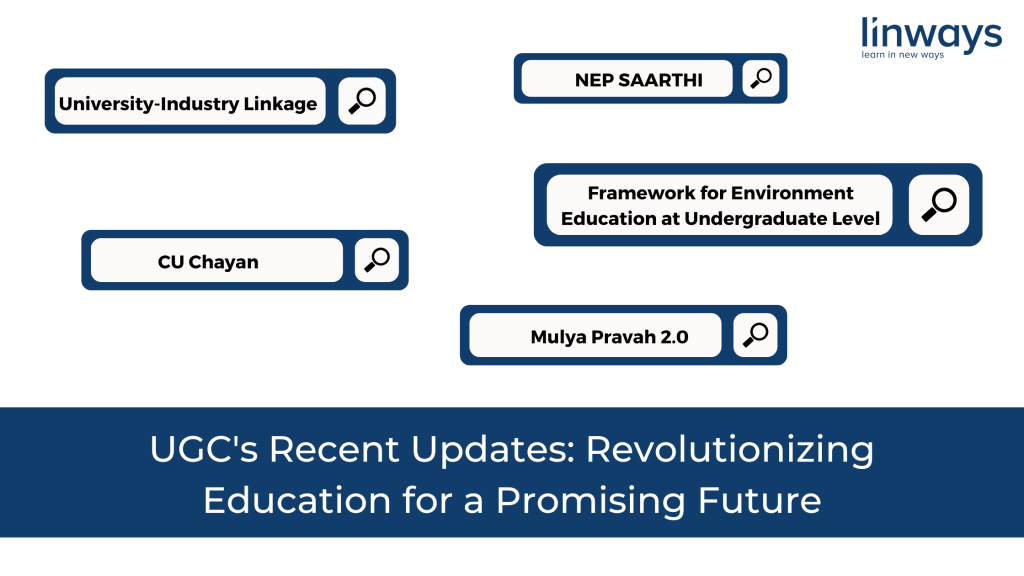Education is all about the transfer of knowledge. No matter how many times we reinvent it, innovate it or try to change its course, it is, and will be about that. And for centuries, ‘teachers dictating and students learning’ has it been.
But that’s just not all. There has been some tremendous efforts and time put into education since time immemorial. People has been developing theories and devising solutions intended for education. And we intend to discuss some of those learning theories today. Ready?
1. Behaviorism: This particular learning theory assumes the learner as essentially passive, who simply responds to their environmental stimuli. So, the behaviorist theorists believe that a learner basically begins as a clean slate, and their behavior is shaped through positive/negative reinforcements.
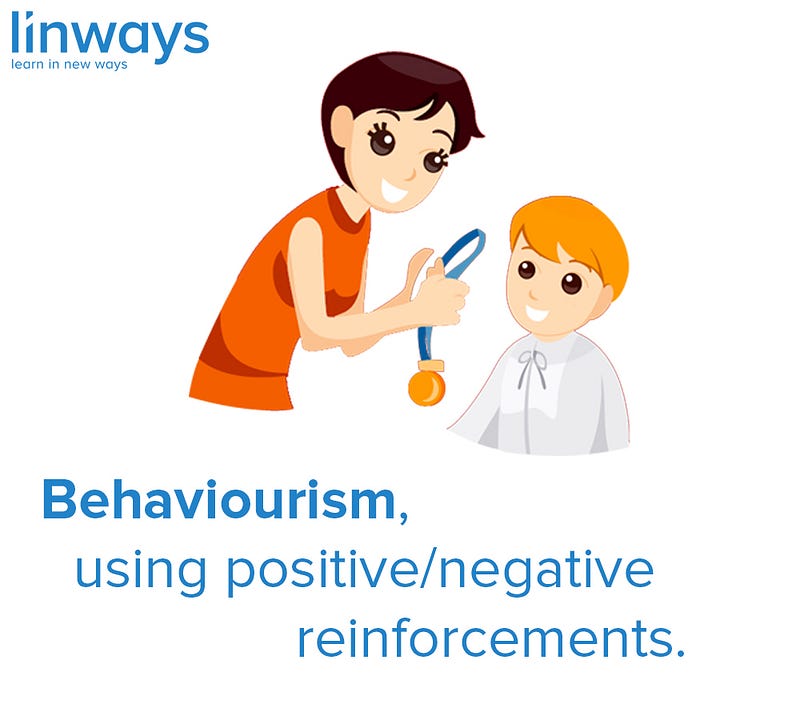
Both positive and negative reinforcements increases/decreases the chance of the behavior happening again. So, punishments and rewards alternatively decrease or increase the likelihood of a behavior happening again. Positive indicates the application of a stimulus and negative indicates the withholding of a stimulus. Therefore, learning is defined as an implied change in the behavior of the learner.
2. The cognitivist Theory: The cognitivist theory replaced behaviorism during the 1960s as a more dominant learning paradigm. Cognitivism concentrates on the mental activities of the learner’s mind. It considers that learning about those activities is valuable and necessary to understand how we learn. It states that the mental processes such as thoughts, memory, perception, and problem-solving, all need to be carefully studied. Learning is a change in a learner’s structural model, according to it.
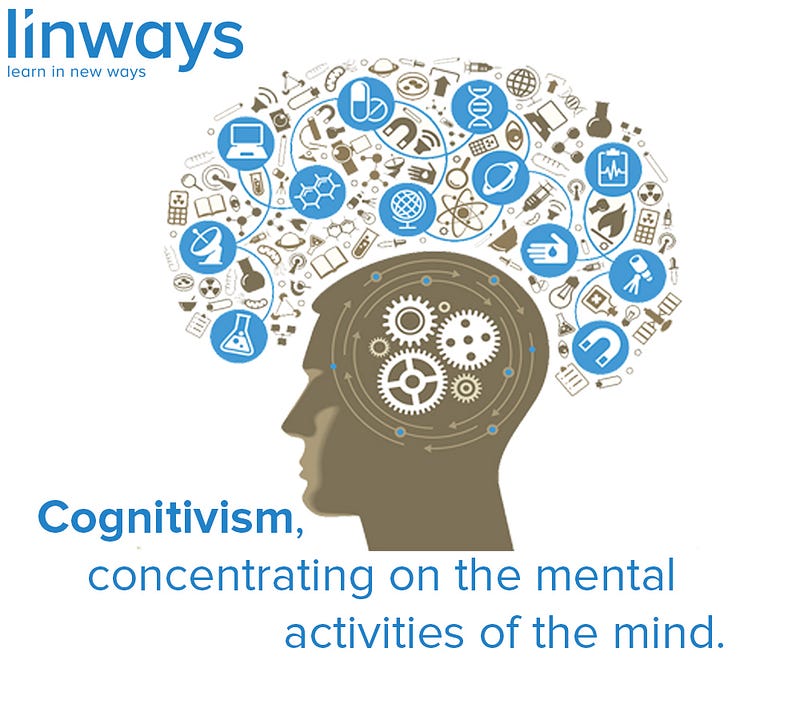
Cognitivism counter the behaviorist theory stating people are not “programmable test subjects” that merely respond to environmental stimuli; instead, they are rational beings who can take active participation in learning, and whose actions are a consequence of their thoughts. Cognitivism considers the mind as an analytical machine, like a computer: information comes in, it gets processed and causes certain outcomes.
3. Constructivism: Constructivism considers the learning to be an active, contextualized process of constructing knowledge rather than acquiring it. Knowledge is constructed based on personal experiences and assumptions from the environment.
Learners continuously test these assumptions through social interactions. Each person has a different interpretation and therefore has different ways of constructing knowledge.

NOTE: A common misconception about the constructivist theory is that instructors should not instruct anything directly to the students but, instead, should always allow them to construct knowledge for themselves. This actually confuses it as a theory of knowing without teaching. Constructivism believes that all knowledge is constructed from the learner’s previous knowledge, disregarding how one is taught. So, even lectures from the instructor belong to the activities intended for the construction of new knowledge.
4. Humanism: This paradigm was first brought to the spotlight in the 1960s. It focuses on freedom, dignity, and potential of the learner. A central concept of this theory, in the words of Huitt (2001), is that people act with intentionality and values.
This contradicts with the behaviorism of which argues that all behavior is the result of the application of consequences, and the cognitive belief that discovering knowledge or constructing meaning is central to learning.
The proponents of humanism also believe that it is necessary to study the learner as a whole. The study of the self, personality psychology, motivation, and outcomes are areas of particular interest for humanists.
Some of the major proponents of this approach include Carl Rogers and Abraham Maslow. The primary results for humanism are proposed to be the development of a self-realized, autonomous individuals.
5. Learner-centered approach: Student Centered Learning (SCL), also known as the learner-centered approach, is a paradigm in education held high by several prominent educationalists as a successful alternative in contrasts with the traditional approaches.
SCI is an instructional approach in which students influence the content, activities, materials, and pace of learning. This learning model places the student (learner) in the center of the learning process.
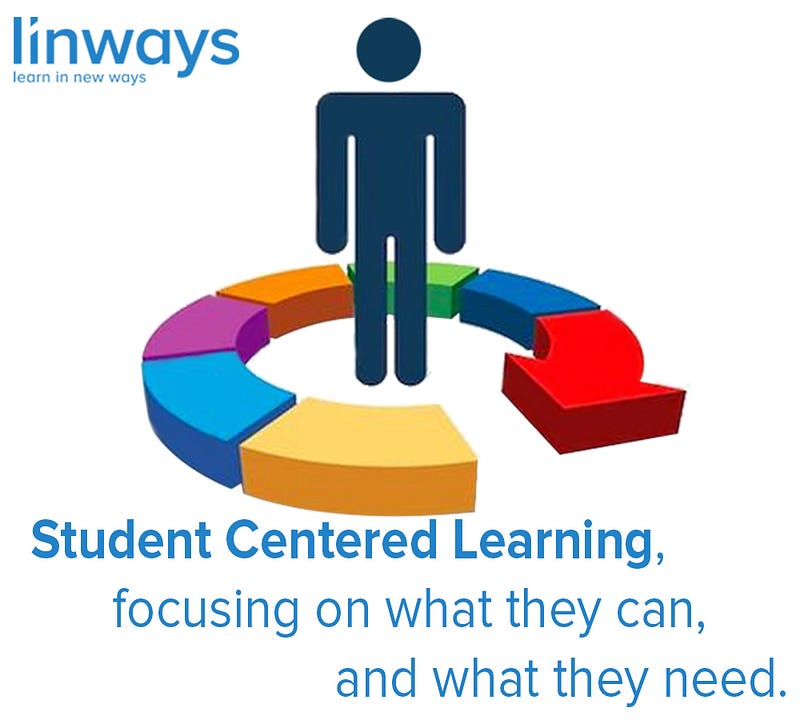
The instructor provides the opportunities to learn independently and from one another and trains the students in the skills they need. The SCI approach includes techniques such as
- conducting active learning experiences instead of lectures,
- providing open-ended problems and problems that require a critical or creative thinking that cannot be solved by following text examples,
- involving students in simulations and role-plays,
- and using self-paced and/or cooperative learning.
Properly implemented SCI can lead to an increased motivation in learning, greater retention of knowledge, deeper understanding, and more positive attitudes towards the subject being taught.
The Learner-centered approach emphasizes the need to support the learners’ growth and motivation when designing a technology dedicated for education management.
Because the learners have such different learning patterns and unique levels of perception, the technology used must be adaptive for various learning environments.
Theories, are what we talk about. But when the time comes, we need actual, practical applications of those theories to get things done.
Instructional models
It was due. We were bound to meet some of the world’s favorite instructional models somewhere along this series. Every learning theory has it’s own creative, alternate counterpart- where it’s actually applied- the practical version of it.
And though not all instructional models are not learning theories in a strict sense; most, if not all, of them are based on valid, accepted learning theories.
Let’s discuss some of the most renowned instructional models the world uses.
ADDIE model
The ADDIE model is a systematic instructional design model consisting of five phases:
(1) Analysis, (2) Design, (3) Development, (4) Implementation, and
(5) Evaluation.
These five phases represent a dynamic, flexible guideline for building effective training and performance support tools.
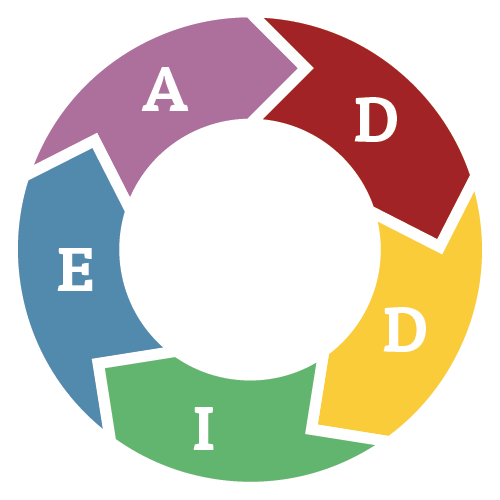
The five phases of ADDIE, in detail are:
· Analysis
Analysis is all about identifying the learning obstacles, the goals, the objectives, different needs of the learner’s, current knowledge possessed by them, and any other relevant key points related to those.
In the analysis phase, instructional problem is clarified, the instructional goals and objectives are established and the learning environment and learner’s existing knowledge and skills are identified. Below are some of the questions that are addressed during the analysis phase:
Analysis also considers the learning environment, the constraints related, delivery methods, and then proposes a timetable for the project.
· Design
Design is the phase in which the learning objectives are specified. Detailed plans and prototypes are often constructed. The design, user-interface and the content are all determined in this phase.
The design phase deals with learning objectives, assessment instruments, exercises, content, subject matter analysis, lesson planning and media selection. The design phase should be systematic and specific.
Systematic means a logical, orderly method of identifying, developing and evaluating a set of planned strategies targeted for attaining the project’s goals.
Specific means each element of the instructional design plan needs to be executed with attention to details.
· Development
The actual production of the contents and learning materials that are based on the Design phase in done in the Development phase.
The development phase is where the developers create and assemble the content assets that were created in the design phase. Programmers work to develop and/or integrate technologies. Testers perform debugging procedures. The project is reviewed and revised according to any feedback given.
· Implementation
In the Implementation phase, the proposed plan is put into action and a methodology for training the learner and instructor is developed. Also, the learning materials are delivered to the student group and their effectiveness are evaluated.
During the implementation phase, a procedure for training the facilitators and the learners is developed. The preparation of the learners for this phase include training them on new tools (software or hardware).
The facilitators’ training should cover the course curriculum, learning outcomes, method of delivery, and testing procedures.
· Evaluation
During evaluation, both formative and summative forms of evaluations are employed. Although formative evaluation is present in each stage of the ADDIE process, the presence of summative evaluation here contributes tests and other assessments designed for providing statistics and feedbacks from the learners. Revisions are also made necessary in this phase.
Each phase in this paradigm has an outcome that feeds into the next phase in the order.
There are over a hundred variations of the standard ADDIE model and each one was developed to serve specific learner needs depending on the audience. Also, conducting continuous evaluations and examining feedbacks are often cited as ways to improve the standard ADDIE model.
Bloom’s Taxonomy
Bloom’s Taxonomy is a model of hierarchy — a method of classifying educational learning into levels of complexity and specificity. The Bloom’s model consists of three lists that covers the learning objectives in cognitive, effective and sensory domains.
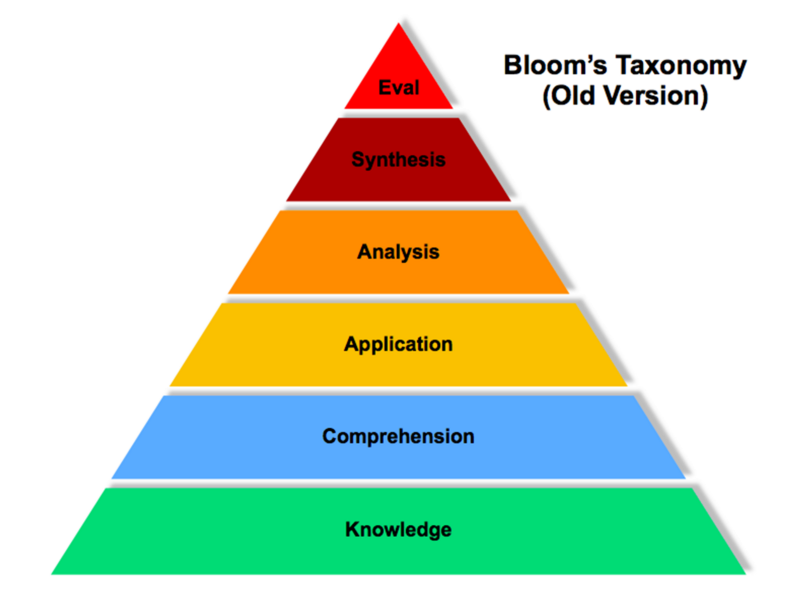
The cognitive domain involves knowledge and the development of mental skills. The recall or recognition of facts, patterns, and concepts that serve in the development of intellectual abilities and skills are categorized under the cognitive domain. There are six major categories of cognitive processes
The cognitive list contains the three lower levels- knowledge, namely the
- Recalling,
- comprehension, and
- application
comprising the basics, and the higher levels includes
- analysis,
- synthesis, and
- evaluation.
The model was named after Benjamin Bloom, who chaired the committee of educators that devised the taxonomy. Also, the Bloom’s model has been updated several times since it was first introduced, to account for the needs of the 21st century.
Revised version of the Bloom’s taxonomy
In Krathwohl and Anderson’s revised version of the Bloom’s taxonomy, they combine the cognitive processes with the first three levels of knowledge to form a matrix. And they also added an another level of knowledge — meta cognition to form a matrix.
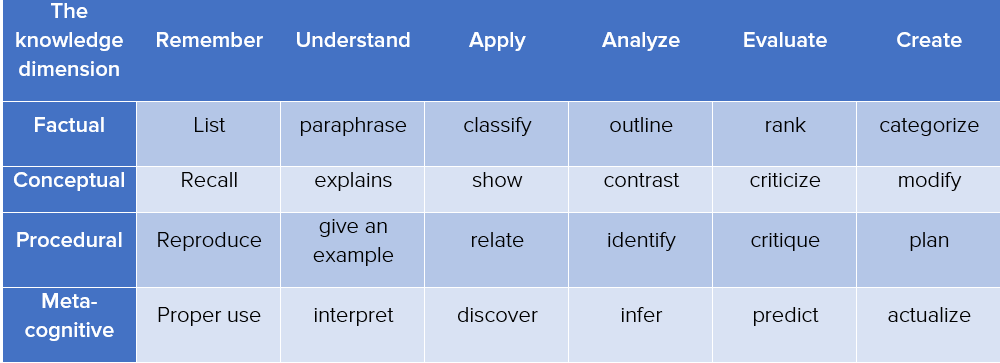
These models not so easy to master, and would significantly improve your results. But if you prepare yourself a little better before trying these models- you could unlock the full potential of these techniques.



